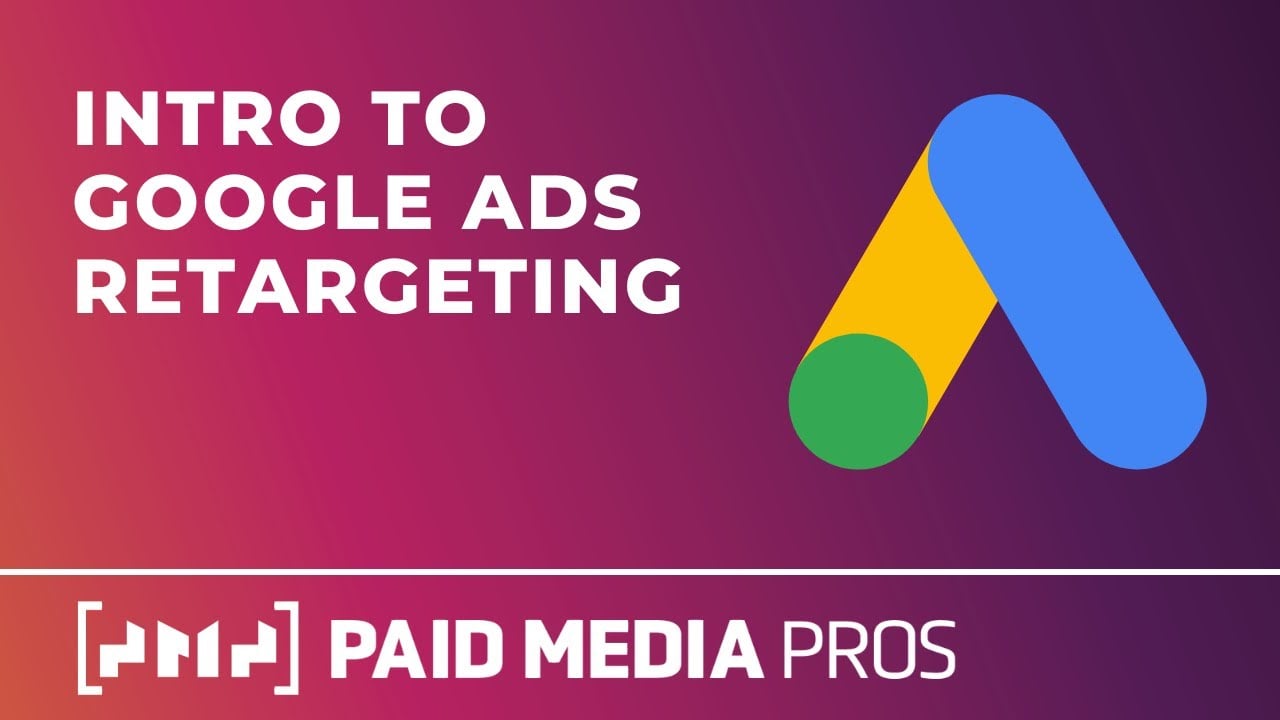Imagine this: you’re browsing online, just casually checking out different websites. Suddenly, you notice that the ads you see are surprisingly relevant to your recent searches.
It’s as if advertisers are reading your mind. How is this possible?
The answer lies in the fascinating world of Google AdWordsretargeting. By tracking your online behavior and using cookies, advertisers can display targeted ads specifically tailored to you, even when you’re visiting other websites.
In this introduction, we’ll explore the power of adretargeting, its impact on conversion rates, and how it can transform your digital marketing strategy. Get ready to dive into the world of Google Ads and discover the secrets behind its remarkable success.
Table of Contents
- adwords retargeting
- Introduction To Adwords Retargeting
- Benefits Of Remarketing For Conversions And ROI
- How Google Remarketing Code Targets Users
- Reach A Wide Audience With The Google Display Network
- Creating More Specific Remarketing Campaigns
- Higher Click-Through And Conversion Rates With Remarketing Ads
- Increasing Effectiveness With More Remarketing Impressions
- Enhancing Conversion Rates With Additional Targeting Methods
adwords retargeting
AdWords retargeting, also known as Google Ads remarketing, is a powerful online advertising technique that targets users who have previously visited a website. By using the Google remarketing code, which tracks visitors through cookies, specific audiences can be targeted based on their browsing behavior.
This form of advertising is displayed on partner sites in the Google Display Network, reaching a vast majority of internet users. Remarketing campaigns have been proven to increase conversion rates and ROI, as familiar users are more likely to become customers.
With higher click-through and conversion rates compared to typical display ads, remarketing has lower ad fatigue and becomes more effective with more impressions. By combining remarketing with additional targeting methods, such as contextual targeting and frequency capping, better conversion rates can be achieved.
Remarketing ad costs also tend to be lower than search ads in competitive industries, making it a cost-effective strategy for online marketing.
Key Points:
- AdWords retargeting, also known as Google Ads remarketing, targets users who have previously visited a website
- Remarketing code tracks visitors through cookies to create specific audiences based on their browsing behavior
- Displayed on partner sites in the Google Display Network, reaching a vast majority of internet users
- Remarketing campaigns increase conversion rates and ROI as familiar users are more likely to become customers
- Remarketing has higher click-through and conversion rates compared to typical display ads, with lower ad fatigue and more effectiveness with more impressions
- Combining remarketing with additional targeting methods, such as contextual targeting and frequency capping, improves conversion rates.
Sources
https://adespresso.com/blog/google-ads-retargeting-guide/
https://www.wordstream.com/google-remarketing
https://www.reliablesoft.net/google-ads-remarketing/
https://blog.hubspot.com/marketing/retargeting-campaigns-beginner-guide
Check this out:
💡 Pro Tips:
1. Start with a broad audience: While it’s recommended to start a remarketing campaign by targeting everyone who viewed the homepage, it can be beneficial to create more specific campaigns with different remarketing lists. This allows you to tailor your ads to different segments of your audience.
2. Experiment with different ad formats: In addition to the traditional display ads, consider exploring other ad formats such as video, dynamic ads, and native ads. Experimenting with different formats can help you find the most effective way to engage your audience.
3. Utilize additional targeting methods: To further improve your conversion rates, consider combining remarketing with other targeting methods, such as demographic targeting, interest targeting, and location targeting. This can help you reach a more specific and relevant audience.
4. Implement frequency capping: To avoid ad fatigue and make your remarketing ads more effective, set a frequency cap, which limits the number of times your ads are shown to the same user within a specific time period. This prevents your audience from being overwhelmed by repetitive ads.
5. Optimize your landing pages: While remarketing can bring visitors back to your website, it’s equally important to have optimized landing pages that are designed to convert. Make sure your landing pages are clear, user-friendly, and encourage visitors to take the desired action.
Introduction To Adwords Retargeting
AdWords retargeting, also known as Google Ads remarketing, is a powerful form of online advertising that specifically targets users who have previously visited a website. By strategically displaying ads to these familiar users, remarketing aims to increase conversion rates and return on investment (ROI) for businesses.
Through the utilization of Google remarketing code, visitors are tracked via cookies, enabling advertisers to target specific audiences based on their browsing behavior.
Benefits Of Remarketing For Conversions And ROI
The main advantage of remarketing is the increased likelihood of turning familiar users into customers. This is due to the fact that individuals who have previously visited a website are more likely to engage with and make a purchase from that brand.
By specifically targeting these audiences, remarketing campaigns have been found to yield higher click-through and conversion rates compared to traditional display ads.
Furthermore, remarketing ads offer a lower ad fatigue, meaning that they are less likely to irritate or overwhelm users with repeated exposure. In fact, the more impressions a remarketing ad receives, the more effective it becomes, further boosting its conversion potential.
How Google Remarketing Code Targets Users
Google remarketing code plays a crucial role in the targeting process of remarketing campaigns. This code works by tracking website visitors through cookies, which are small text files stored on a user’s browser.
These cookies enable Google to build lists of visitors and then serve ads to these specific audiences as they browse partner sites within the Google Display Network.
With the ability to track and target users based on their browsing behavior, advertisers can deliver highly personalized ads that align with the interests and preferences of their target audience. This level of precision ensures that ads are more relevant and engaging, thereby increasing the chances of conversion.
Reach A Wide Audience With The Google Display Network
Remarketing ads are displayed on partner sites within the vast Google Display Network, which reaches an impressive 92% of internet users. This network encompasses millions of websites, blogs, and apps across various industries and niches.
By leveraging the extensive reach of the Google Display Network, advertisers can effectively target a wide audience and maximize their campaign’s visibility.
Creating More Specific Remarketing Campaigns
While it is recommended to initially target all users who have viewed the homepage, creating more specific remarketing campaigns can further enhance targeting effectiveness. By segmenting users into different remarketing lists based on their behavior, interests, or engagement level, advertisers can tailor their messaging and offers to specific subsets of their overall audience.
This level of customization allows brands to personalize their ads even further, ensuring that they resonate with individual preferences and needs. By delivering highly targeted ads to specific segments, businesses can significantly increase the chances of conversions and ultimately improve campaign performance.
Higher Click-Through And Conversion Rates With Remarketing Ads
Remarketing campaigns consistently demonstrate higher click-through and conversion rates compared to typical display ads. This is attributed to the fact that remarketing ads are displayed to familiar users who have already shown an interest in a brand or product.
With previous exposure and familiarity, these users are more likely to engage with and respond positively to remarketing ads.
The effectiveness of remarketing ads also benefits from the lower ad fatigue experienced by users. As mentioned earlier, remarketing ads become more effective with increased exposure.
Users who have seen the same ad multiple times are more likely to recall the brand and develop a sense of trust and familiarity, thus increasing the likelihood of converting.
Increasing Effectiveness With More Remarketing Impressions
Remarketing ad campaigns thrive on impressions. The more users are exposed to remarketing ads, the higher the chances of conversion.
By increasing the number of impressions, businesses can maintain a consistent presence in the minds of their target audience, significantly increasing the effectiveness of their remarketing efforts.
It is important to note that retargeting ads should be accompanied by other targeting methods to maximize their effectiveness. Combining remarketing with additional targeting methods, such as demographic or interest-based targeting, can further improve conversion rates and refine the overall reach of the campaign.
Enhancing Conversion Rates With Additional Targeting Methods
While remarketing alone can yield impressive results, combining it with additional targeting methods can further enhance conversion rates. By diversifying the targeting strategy, advertisers can reach relevant audiences who have not necessarily visited their website before, but still align with their ideal customer profile.
This approach widens the potential customer pool and maximizes the chances of conversion.
It is worth mentioning that users have the option to opt-out of retargeting ads through the AdChoices program. This program allows users to exercise control over their online ad experience, ensuring that they only receive ads that are relevant and valuable to them.
In terms of costs, remarketing costs can vary depending on the overall online marketing strategy. However, remarketing ad costs are generally lower compared to search ads in competitive industries.
In fact, display and social remarketing ad clicks can be significantly less expensive, making remarketing an attractive option for businesses looking to optimize their ad spend.
To succeed in remarketing, it is advisable to employ cost-saving strategies. Some effective strategies include combining remarketing with contextual targeting, where ads are displayed on relevant pages to specific user interests, conversion filtering to focus ad spend on users who have already demonstrated intent to convert, and frequency capping to control the number of times an ad is shown to a particular user.
In conclusion, AdWords retargeting or Google Ads remarketing is a powerful tool for businesses to boost sales with personalized online advertising. By strategically targeting users who have previously visited their website, businesses can increase conversion rates and maximize ROI.
Through effective utilization of the Google Display Network, remarketing campaigns can reach a wide audience, while customization and additional targeting methods further enhance conversion rates. With the right optimization strategies and cost-saving techniques, businesses can leverage the full potential of ad retargeting and drive their online marketing efforts to new heights.












